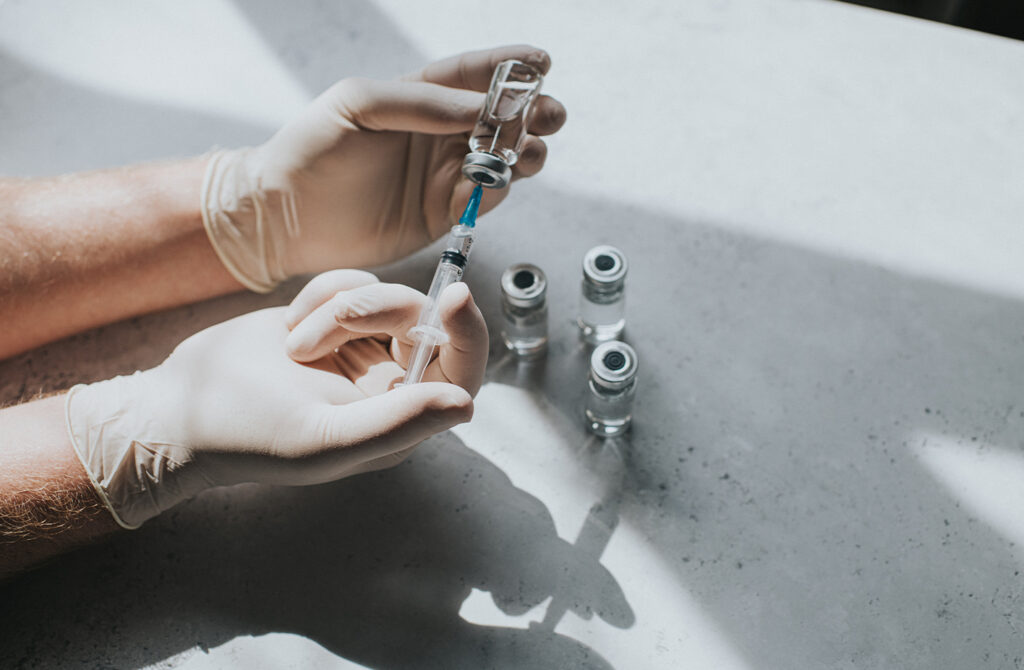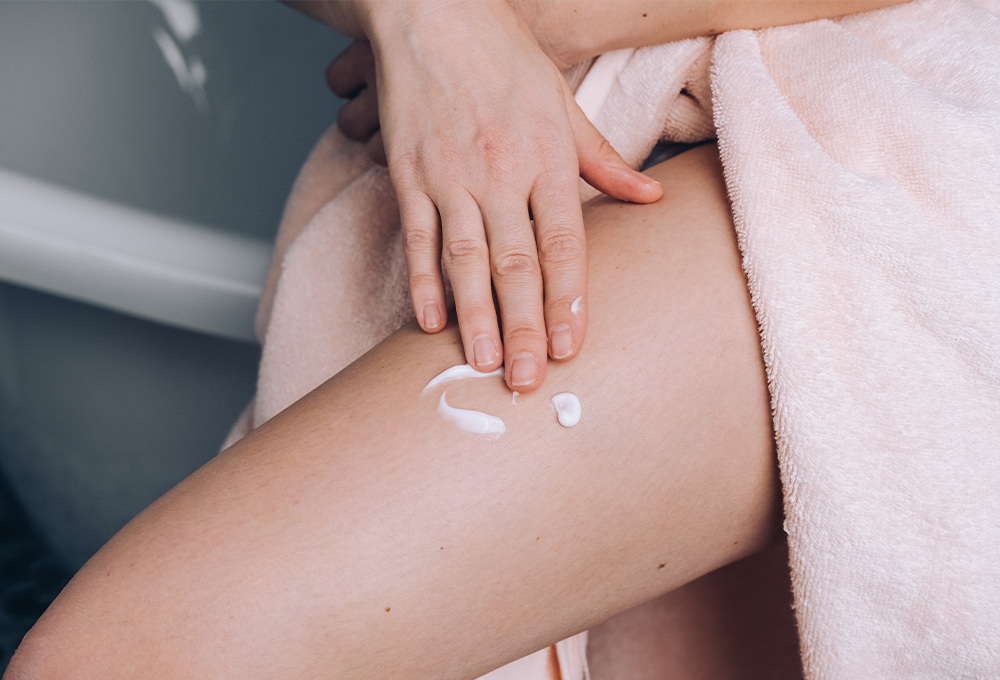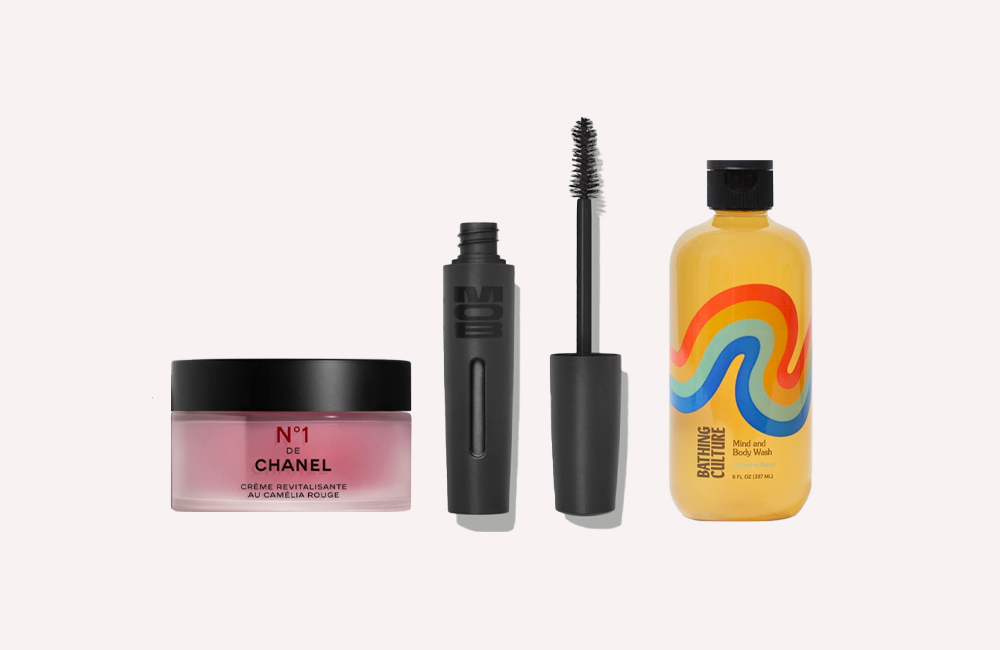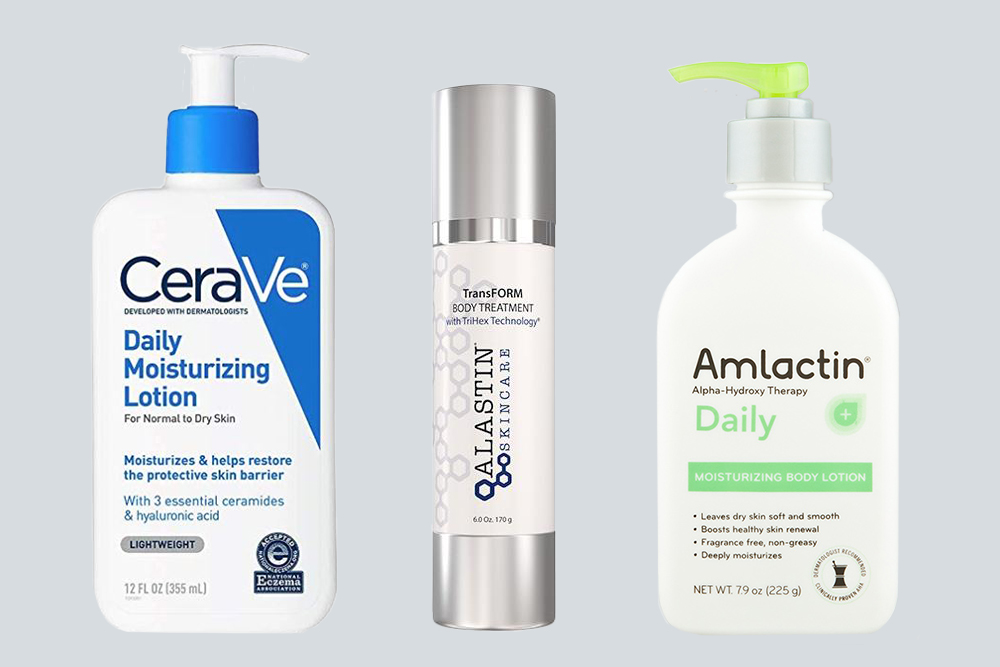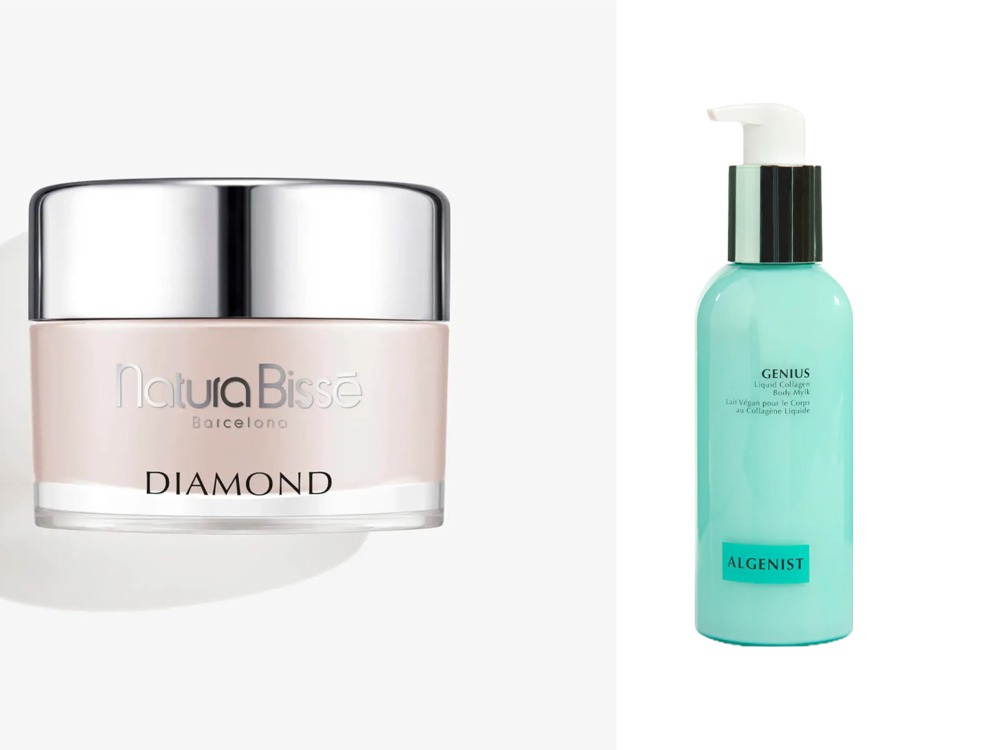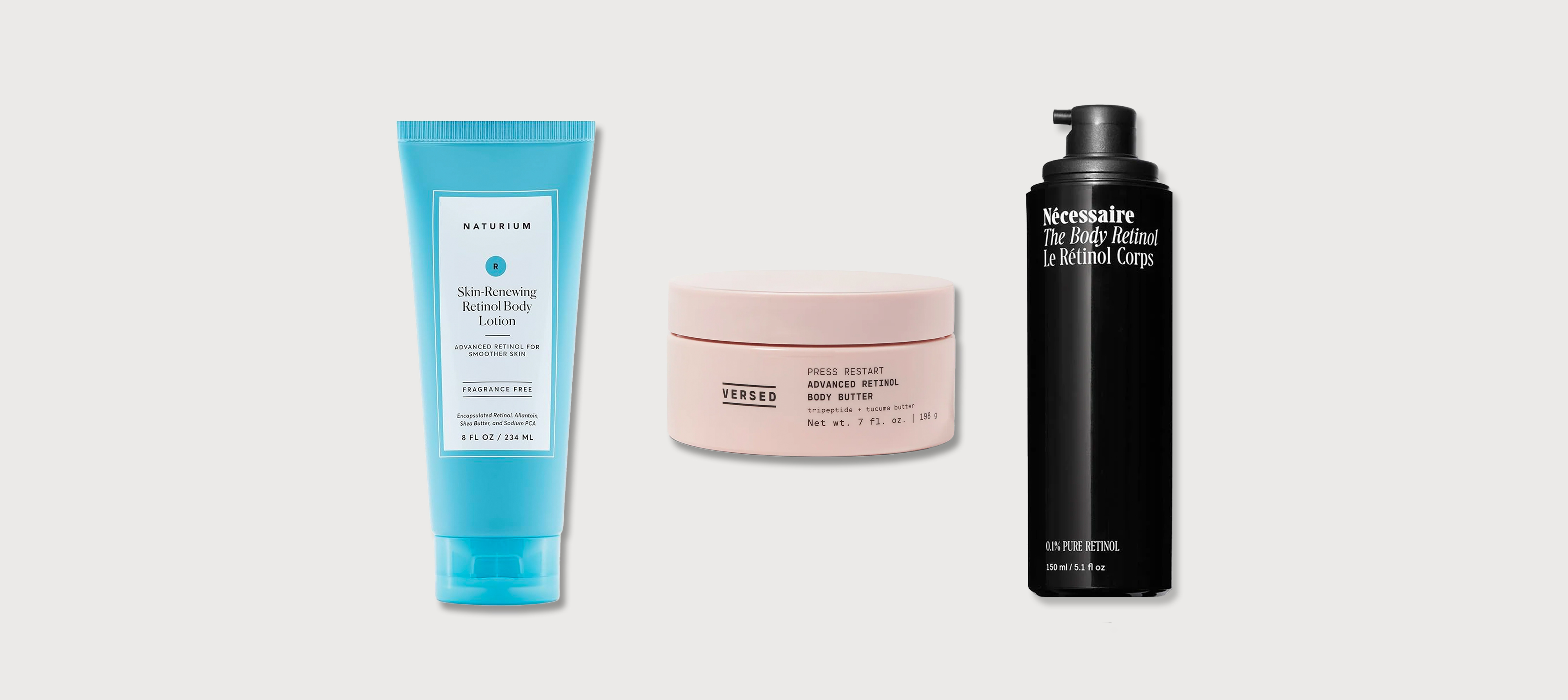We’ve witnessed previous nonsurgical male enhancement treatments before—who could forget Scrotox, which uses neurotoxin, and the P-Shot, which involves PRP? However, the latest treatment gaining popularity is PhalloFill, a nonsurgical penis-enlargement procedure that utilizes dermal fillers off-label. While it promises to provide the same type of aesthetic outcome as lip injections—think bigger and plumper—it also raises an important question: Is it safe?
According to PhalloFill founder William Moore, the treatment involves injections of hyaluronic acid-based fillers into the penis to enhance its girth and appearance. Moore says the treatment works by adding volume the same way it’s used in the face. The procedure offers an alternative to surgical options by providing immediate results and minimal downtime, he notes.
What does nonsurgical male enhancement with filler entail?
“The technique for nonsurgical penis enlargement with dermal fillers can vary among practitioners. Some may use cannulas or needles and choose different injection angles, says Moore. “However, our board-certified injectors us a meticulous technique and proper filler selection to achieve the best results.”
Indianapolis, IN board-certified urologist Alex Tatem, MD is an injector at PhalloFill and says this treatment has helped many of his patients. “PhalloFill is the first commercially available option for cosmetic penile girth enhancement that I’m proud to offer. Its combination of meticulous technique and superb filler choice results in unparalleled results for men, time and time again.”
Moore adds that the type of filler helps minimize risks. “Some of the dermal fillers have a much higher adverse event response to their particular dermal filler and others. Revanesse Versa has the lowest amount of adverse events like granulomas which are hard nodules. We believe that really what sets us apart is our injection technique and the post-care environment that we’ve developed, including the use of our exclusive post-surgical garment that helps keep the results in place.”
The procedure typically involves the injection of dermal filler between two layers of fascia in the penis. The fascia acts as a supportive structure, keeping the filler in place and minimizing migration. Post-care, including the use of a specialized compression garment, helps maintain the desired shape. It cannot enhance the length but it can improve girth and sexual satisfaction says Moore. “The benefits can be transformative, both physically and emotionally,” he explains. “Men tell me that their careers have taken off, they’ve become more assertive and productive when they start their day feeling confident. Their sex life improves dramatically as they experience a greater sensation.”
How often does it need to be done?
Dermal fillers are not permanent solutions for penile augmentation. Moore says the effects are temporary and typically last 3 to 4 years because of the placement of the dermal filler in the penis. Maintenance procedures may be necessary to sustain the desired results. It’s important to consider the potential costs and inconvenience associated with repeated treatments. “We recommend having a touch up treatment every 12 to 18 months. However, we have not had a patient lose their filler yet. When you inject filler in the face, it’s free floating and there’s blood flow and movement and a lot of things happening. However, in the penis that is not the case and the filler lasts longer.”
What are the potential risks?
While the procedure sounds interesting, it’s crucial to consider the potential risks involved. West Palm Beach, FL Kenneth Beer, MD says it’s not a treatment he recommends as the possible risks are serious if done improperly. “It sounds very interesting. I’d like to know if they make it where they can make it smaller,” he says. “There are risks involved with the procedure. You can block the urethra and inadvertently inject into a blood vessel and have you can have necrosis from that.”
It’s also important to note that dermal fillers, such as hyaluronic acid, have not been specifically approved by the U.S. Food and Drug Administration for penile augmentation. They may be approved for other purposes, such as facial rejuvenation, but their use in the penis is considered an off-label application.
While the concept of nonsurgical penis enlargement with fillers may seem enticing, it is crucial to approach it with caution and consider potential risks. Although the treatment may be growing in popularity, it is essential to consult with a reputable board-certified dermatologist or urologist to minimize the likelihood of these risks. “You have to be careful when using dermal filler near areas where there are blood vessels anywhere on the body. There’s a reason it’s not a common treatment so my advice is to be cautious,” adds Dr. Beer.
